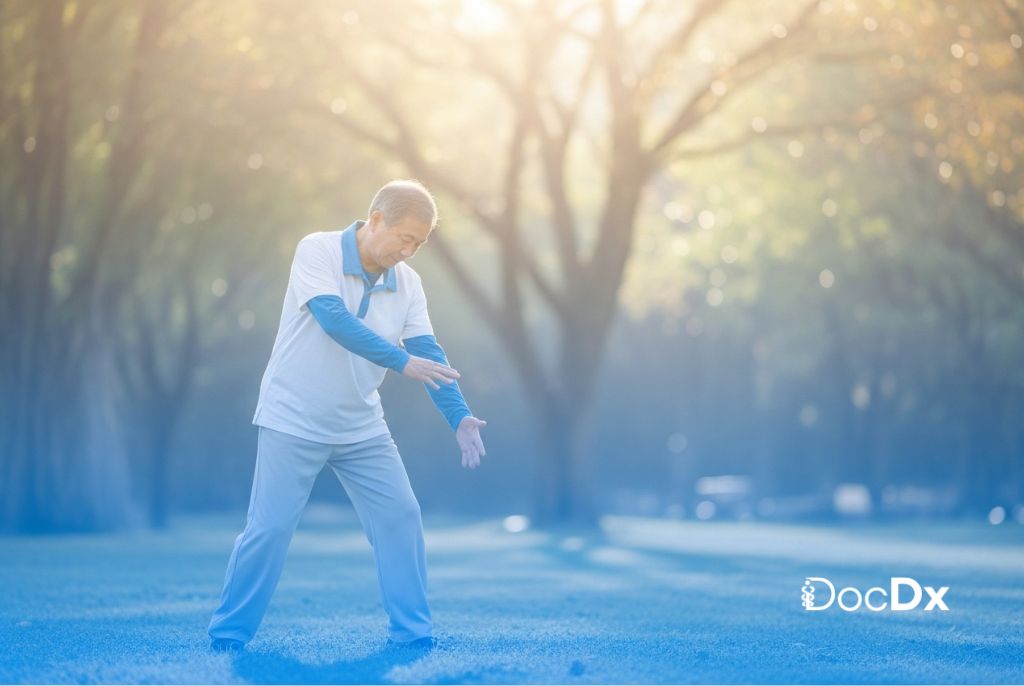Falls aren’t just minor accidents for older adults — they’re serious health events that can lead to long-term complications, disability, and even death. Every year, millions of seniors suffer from falls that are largely preventable with the right strategies in place. Geriatric care isn’t just about treating illness — it’s also about preventing injury and maintaining quality of life. That’s why fall prevention is one of the most important topics in elder healthcare today.
Understanding the Risk Factors for Falls
Age-Related Physical Changes
As we age, our bodies naturally go through changes that affect balance, strength, and vision. These can all contribute to an increased risk of falls.
Chronic Health Conditions (e.g., Arthritis, Diabetes)
Chronic illnesses are common in older adults and play a major role in fall risks.
Arthritis Treatment Options
Joint pain, stiffness, and inflammation caused by arthritis can make walking and maintaining balance difficult. Comprehensive arthritis treatment is key in managing symptoms and lowering fall risks.
Diabetes Management
Diabetes can cause nerve damage, particularly in the feet (diabetic neuropathy), which impacts sensation and balance. Blood sugar fluctuations also affect alertness and stability.
Medication Side Effects
Many medications, especially those for sleep, blood pressure, or depression, can cause dizziness, fatigue, or confusion — all of which increase the chance of falling.
Environmental Hazards at Home
Loose rugs, poor lighting, and cluttered walkways are just a few of the home-related risks for elderly individuals.
Fall Prevention Strategy #1: Personalized Health Assessment
Importance of Routine Physical Exams
Comprehensive physical exams help identify medical issues before they become major problems. Regular checkups also allow doctors to assess fall risk indicators like blood pressure, muscle strength, and reflexes.
Identifying Underlying Medical Issues Early
Undiagnosed conditions such as anemia, vitamin deficiencies, or balance disorders can all contribute to falls. Early detection leads to early intervention.
Fall Prevention Strategy #2: Strength & Balance Training
Exercises Tailored for Seniors
Gentle strength training, yoga, and tai chi can significantly improve balance and muscle tone — making it less likely for a senior to stumble or trip.
Role of Physical Therapy in Fall Prevention
Physical therapists can design individualized programs that focus on core stability, leg strength, and mobility — all crucial for fall prevention.
Fall Prevention Strategy #3: Home Safety Modifications
Common Hazards and How to Fix Them
Simple changes like adding grab bars in the bathroom, securing rugs, and improving lighting can drastically reduce fall risks at home.
Tools and Technologies That Help Seniors Stay Safe
Devices like bed alarms, fall detectors, and automatic lighting systems offer added protection for older adults living alone.
Fall Prevention Strategy #4: Medication Review
Polypharmacy in Older Adults
Taking multiple medications increases the likelihood of adverse interactions that affect cognition and balance.
How Primary Care Providers Can Help
During routine visits, your primary care provider can review all medications, eliminate unnecessary prescriptions, and adjust dosages as needed.
Fall Prevention Strategy #5: Ongoing Primary & Preventive Care
Value of Primary Care Services
Primary care is the front line of defense against falls. Through routine monitoring and customized care plans, seniors can remain safer and healthier.
Tailored Care Plans for At-Risk Seniors
From managing blood pressure to improving mobility, a personalized care strategy keeps fall risks in check.
Specific Care Needs Like Women’s Health Services
Older women often face unique challenges like osteoporosis and hormonal changes, which also affect balance and bone strength.
Role of Caregivers and Family Members
How Loved Ones Can Support Fall Prevention
Families can assist by encouraging regular check-ups, helping with home modifications, and monitoring for early warning signs of instability.
Communication Tips with Elderly Patients
Use positive language, listen actively, and avoid making the senior feel like a burden — these small things help encourage cooperation with prevention strategies.
Using Technology to Prevent Falls
Wearables and Monitoring Devices
Smartwatches and fitness trackers now include fall detection, heart rate monitoring, and emergency alert systems — all helpful tools for keeping seniors safe.
Emergency Response Systems
These systems can instantly connect users to emergency services with just a push of a button, offering peace of mind to both seniors and caregivers.
Community Resources and Support Systems
Senior Centers and Exercise Programs
Many local communities offer low-impact fitness classes that help with flexibility, coordination, and social interaction — all factors in fall prevention.
Transportation and Accessibility Services
Helping seniors get to doctor appointments, grocery stores, and exercise classes ensures they stay active and engaged — which in turn helps prevent falls.
Monitoring and Adjusting the Prevention Plan
Keeping Health Records Updated
Updated health documentation allows for more precise care planning and better coordination among providers.
Continuous Collaboration with Healthcare Providers
A strong relationship with your doctor ensures that changes in health are addressed early, minimizing future risks.
Conclusion
Falls are not a normal part of aging — they’re preventable. Through a combination of personalized healthcare, environmental modifications, regular exercise, and caregiver involvement, older adults can live safely and independently. Geriatric care is not just about extending life; it’s about enhancing the quality of that life. By implementing these five strategies, you’re building a safer, more confident future for the senior you love — or for yourself.




